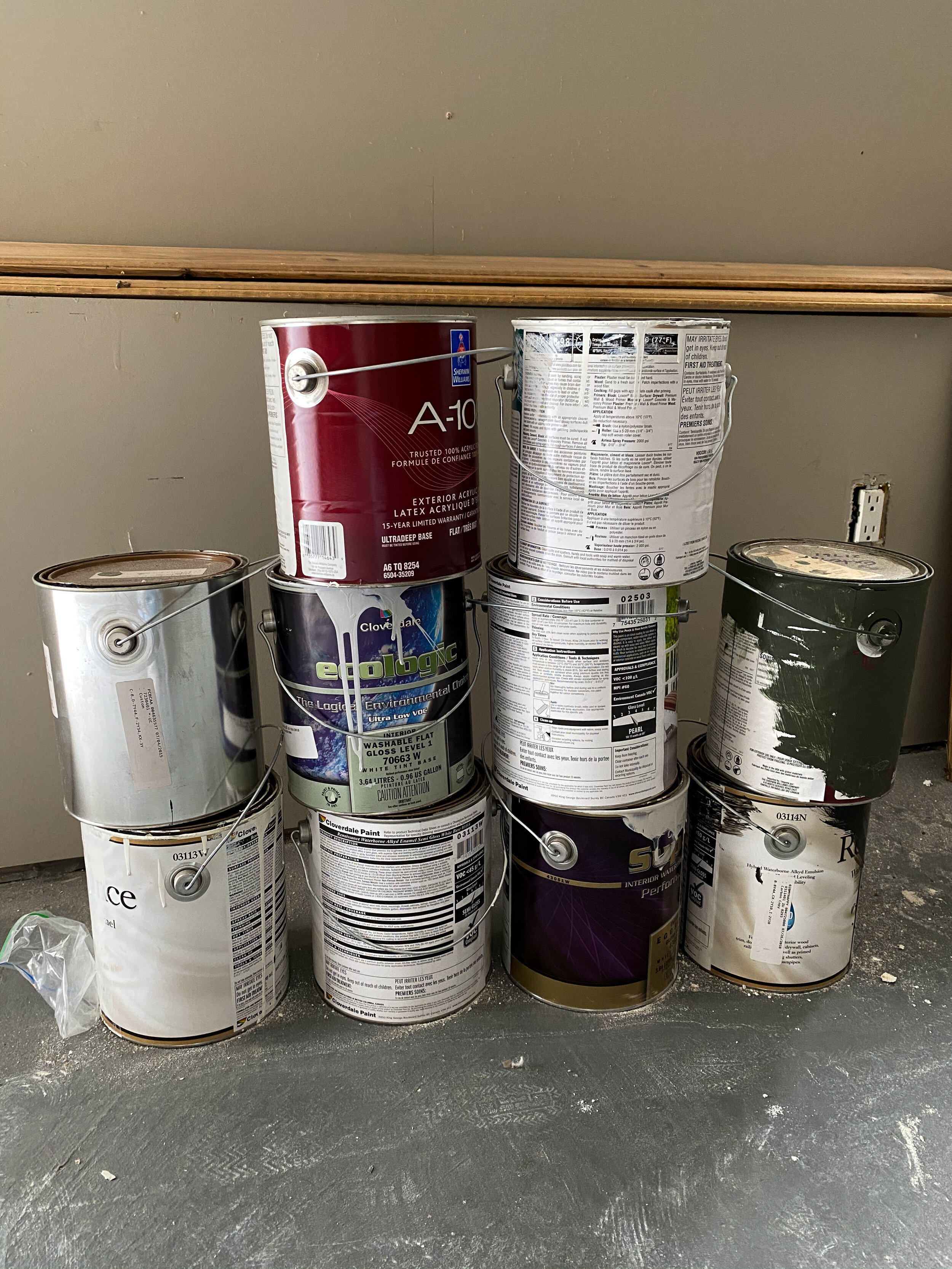5 ways to go green on your next renovation
As energy costs rise and we see the impacts of global climate change in our daily lives, more clients are looking for ways to reduce their negative environmental footprints during remodels. Households are a significant source of emissions, especially in Canadian climates where a great deal of energy is used to keep indoor temperatures consistent year round, when they’re anything but consistent outdoors. Design, appliance, furniture and finishing choices impact the sustainability and efficiency of your home. Here are five ways to go green on your next project!
Use Passive Design
Passive solar design uses the natural environment, climate and materials to reduce unnecessary energy usage. This includes the use of energy conscious strategies, like natural solar heat flow, south-facing windows, insulation and draft-proof windows. This design method can save homeowners significant amounts of money on heating bills, while reducing emissions.
2. Upgrade your appliances
It’s no secret that energy efficient appliances save homeowners money in the long term. Old and low efficiency furnaces let out a percentage of their heat, leaving you paying for and wasting unused energy. A sustainable alternative to even the highest efficiency furnace, is a heat pump which is capable of heating your house with a third of the energy, through clean electricity. Look into high efficiency options when upgrading any of your appliances, to reduce carbon footprint and save money on water, electricity and natural gas bills. Don’t forget to check your local energy supplier for rebates!
3. Consider long-term water usage
In Canada, the average person’s daily water consumption is 335 litres, 670 water bottles. It’s shocking to visualize daily water usage in an average household, but there are ways to reduce long term water usage through renovation choices! Low-flow shower heads provide a means to conserve water and reduce energy bills. Coincidentally, using less water also means heating less water! Low-flow toilets are also a sustainable choice, as they only use about a quarter to half of the water it takes to flush a standard toilet. Over time, this will conserve a significant amount of water, as old style toilets use about 14 litres of water per flush, and low-flow options use 6 litres maximum.
4. Use Non-Toxic Materials
The use of non-toxic materials is both environmentally and health friendly. Using materials that are low in VOCs (Volatile Organic Compounds) prevents off-gassing of toxins that may reduce air quality or impact water sources, resulting in the risk of adverse health effects. Low-toxin materials like paint, sealants, flooring, cabinetry and/or conscious ventilation can aid in avoiding issues with VOCs.
5. Source local, reclaimed materials
Often, we forget to consider where our goods are coming from. When it comes to picking out furniture and finishings, consider checking your local consignment, vintage, and antique stores before ordering online or shopping at chains. Internationally sourced items have many ways of getting to us, including ground, sea and air travel. These methods create high levels of carbon emissions, and may not be worth it for mass produced items. Often, our local stores are filled with unique pieces, with interesting stories. Reclaimed flooring is one popular way to reuse! This option preserves natural resources by reducing demand on logging new timber, while using less water and producing less toxins than new wood flooring. As pre-seasoned and rustic flooring, you also save on painting and staining. Purchasing previously-loved items is a fantastic way to reduce carbon emissions and support local businesses.





